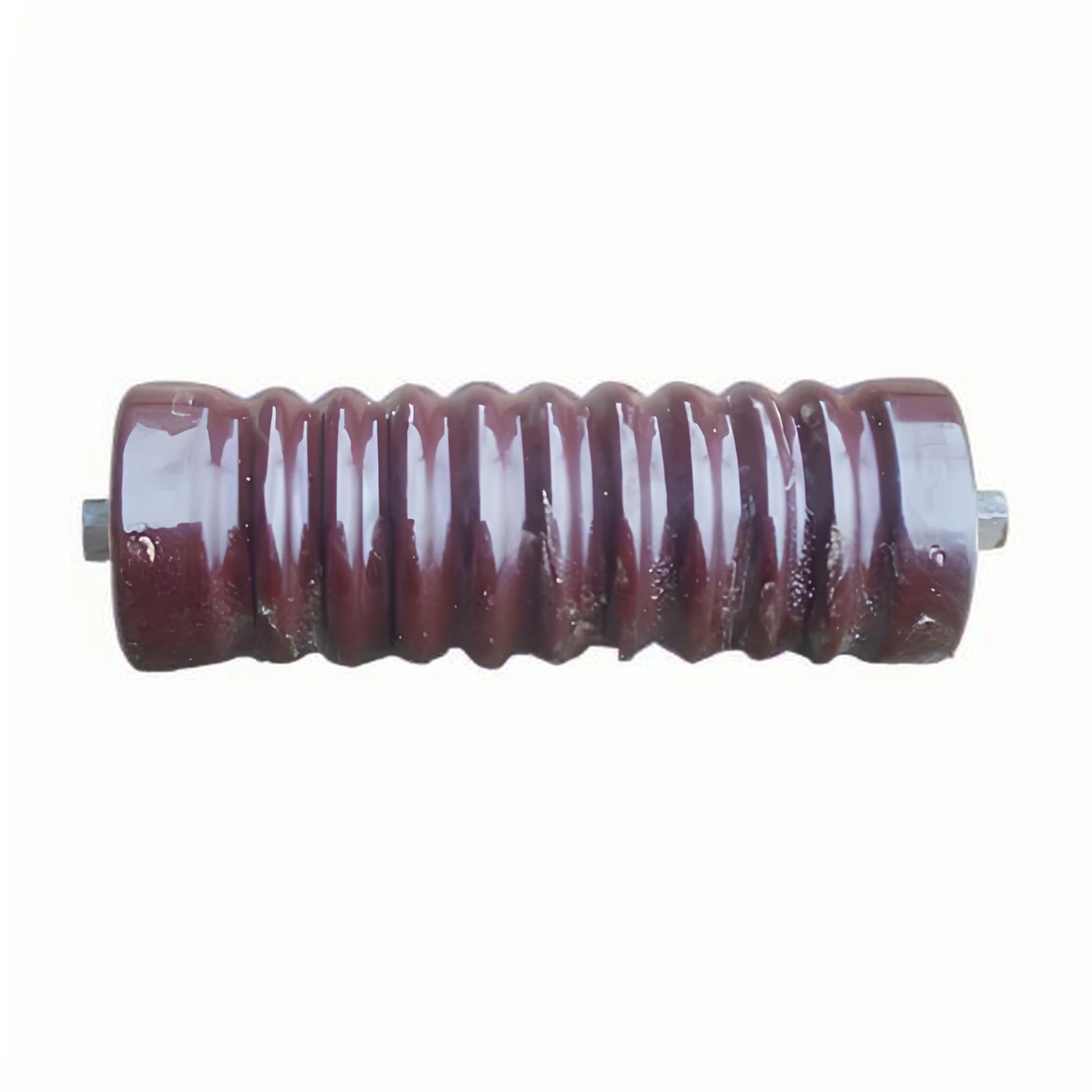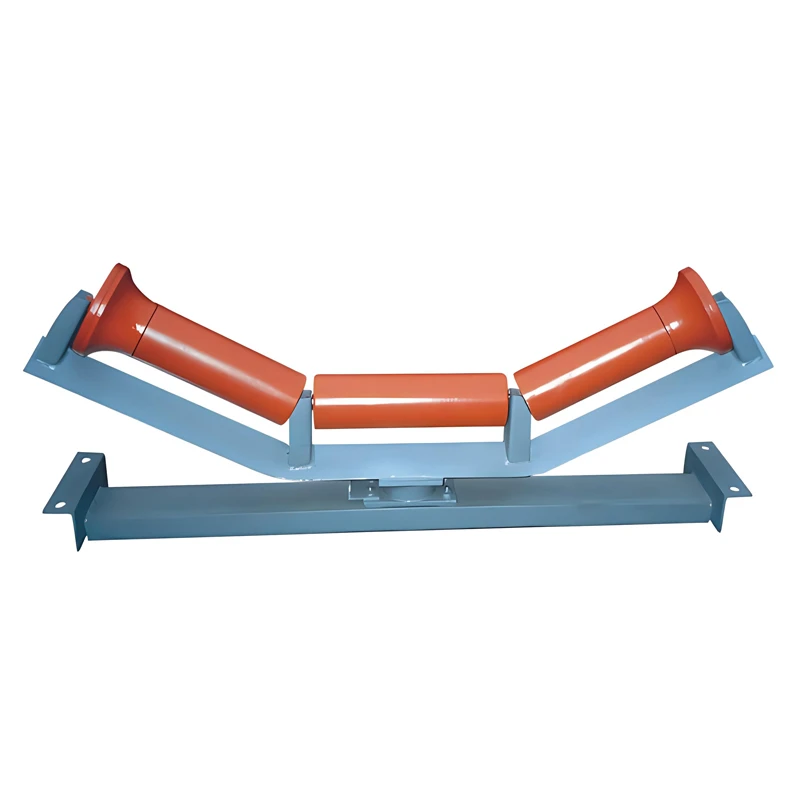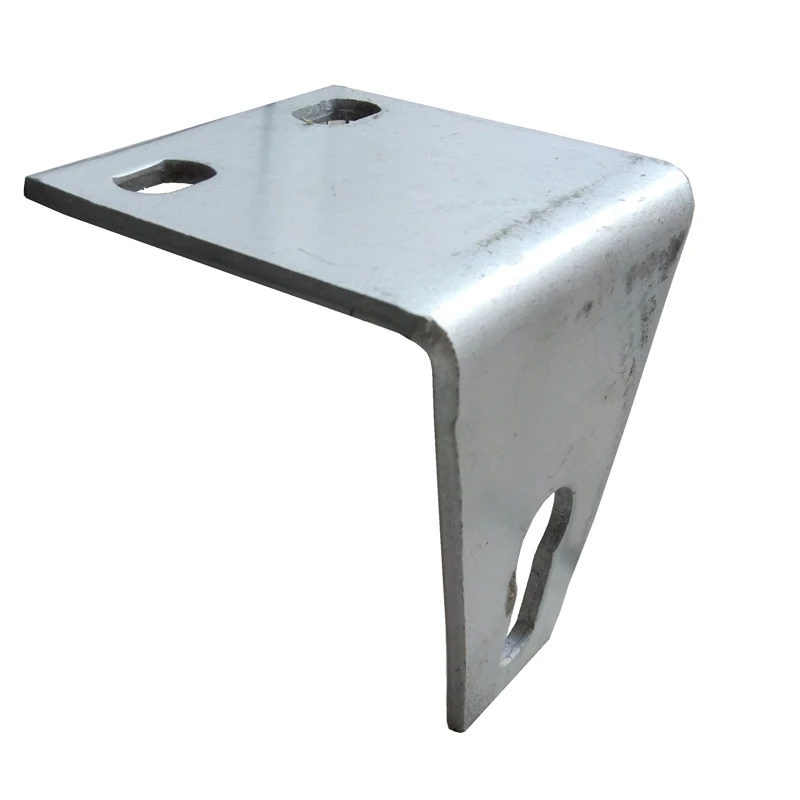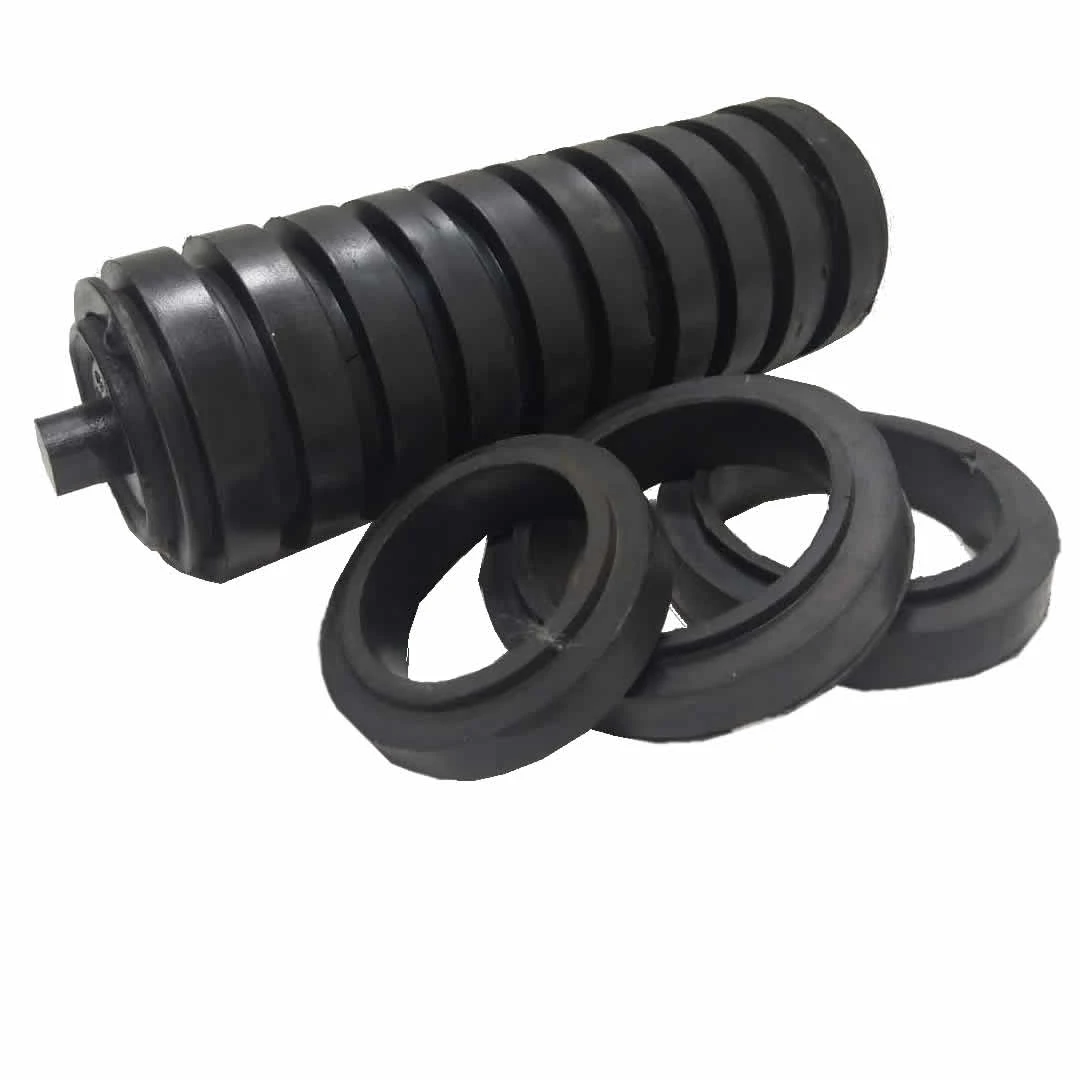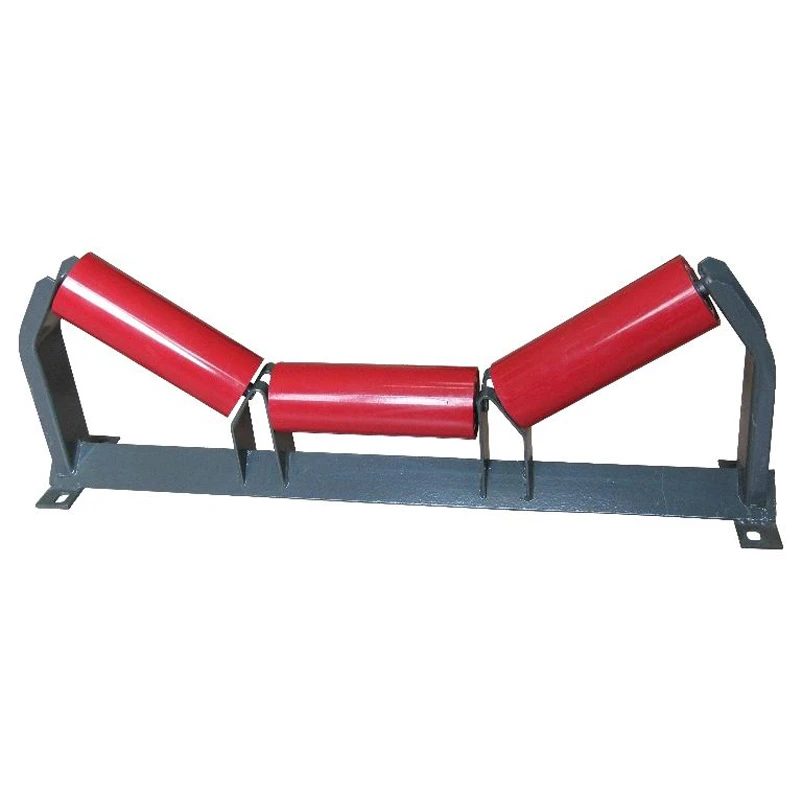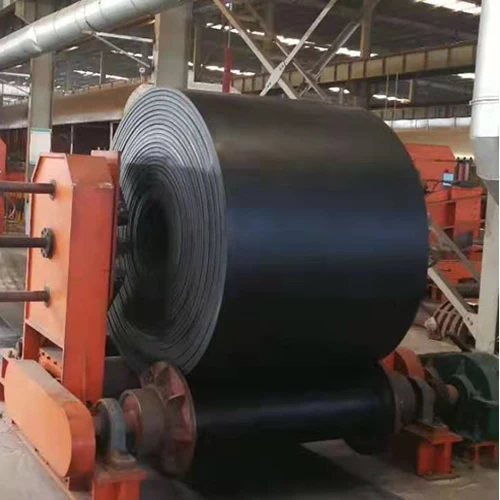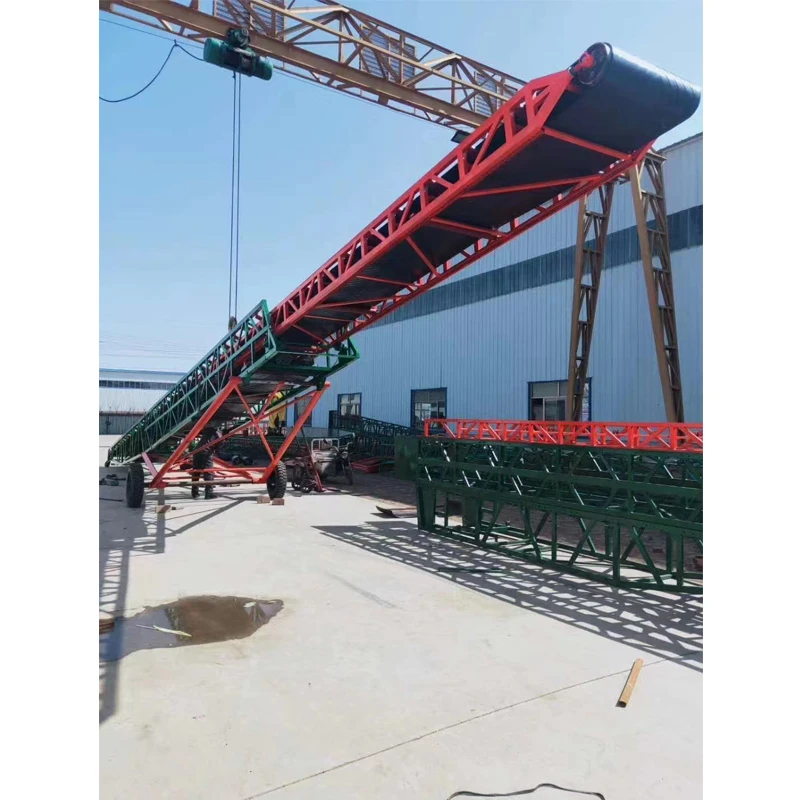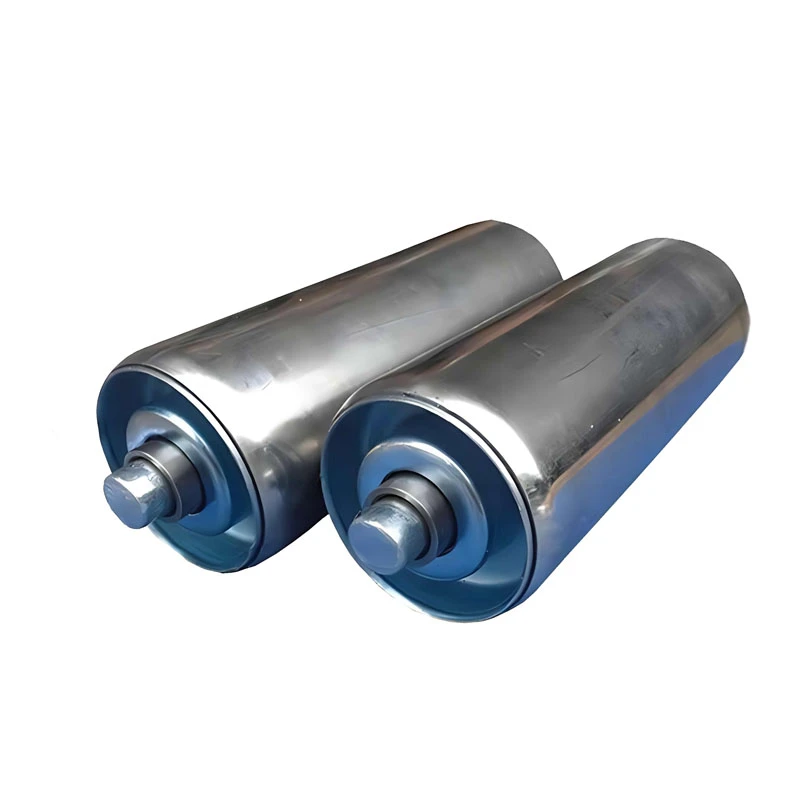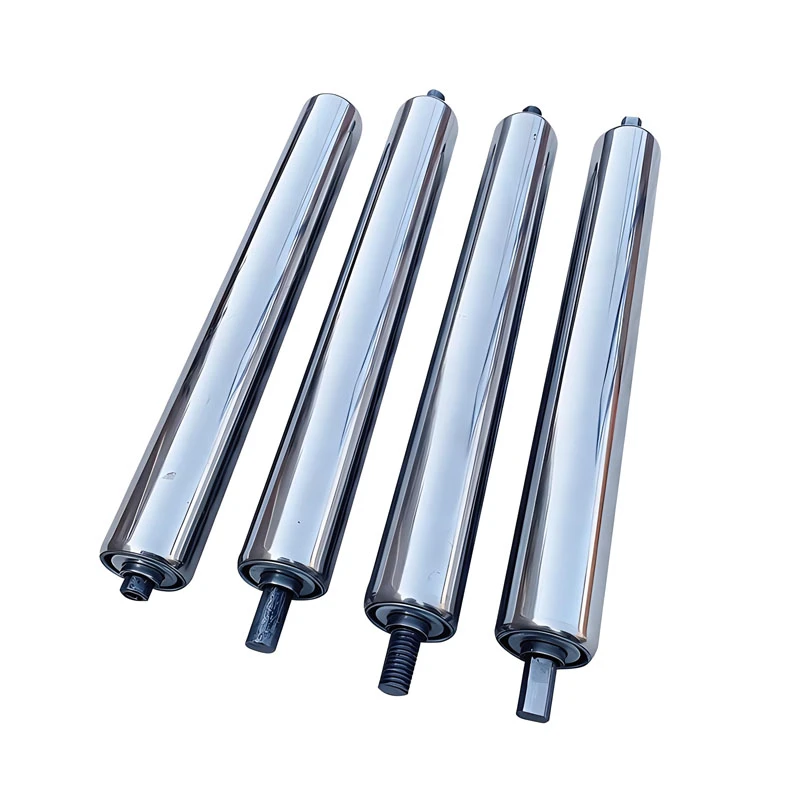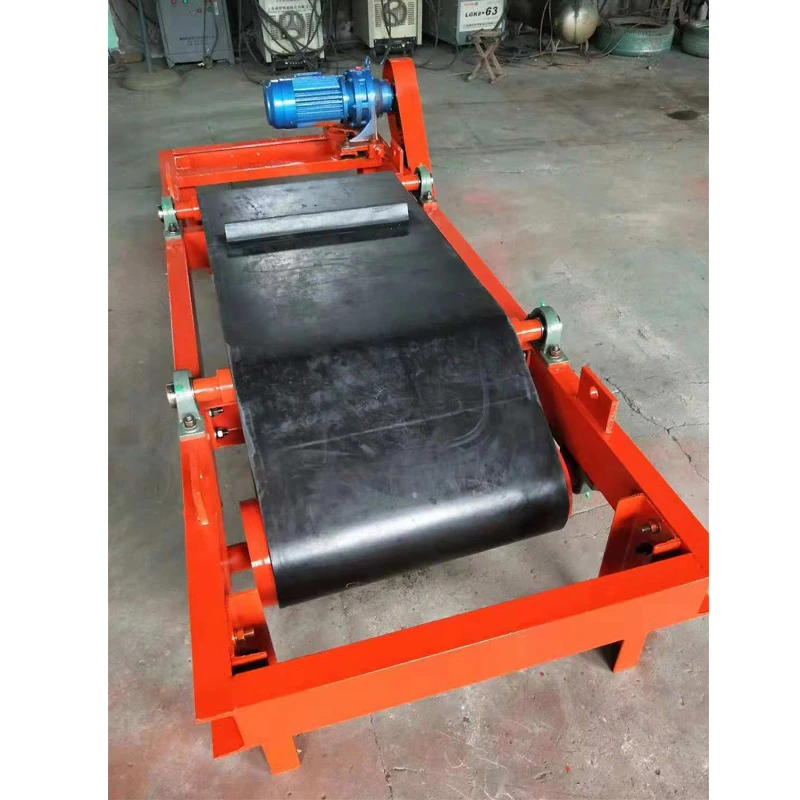- Introduction and Overview of Elevator Belt Conveyor
- Technical Advantages and Key Performance Indicators
- Manufacturer Benchmark: A Comparative Analysis
- Customization Options and Engineering Flexibility
- Critical Role of Bucket Elevator Conveyor Belt Fasteners
- Application Case Studies across Industries
- Future Perspectives of Elevator Belt Conveyor Solutions
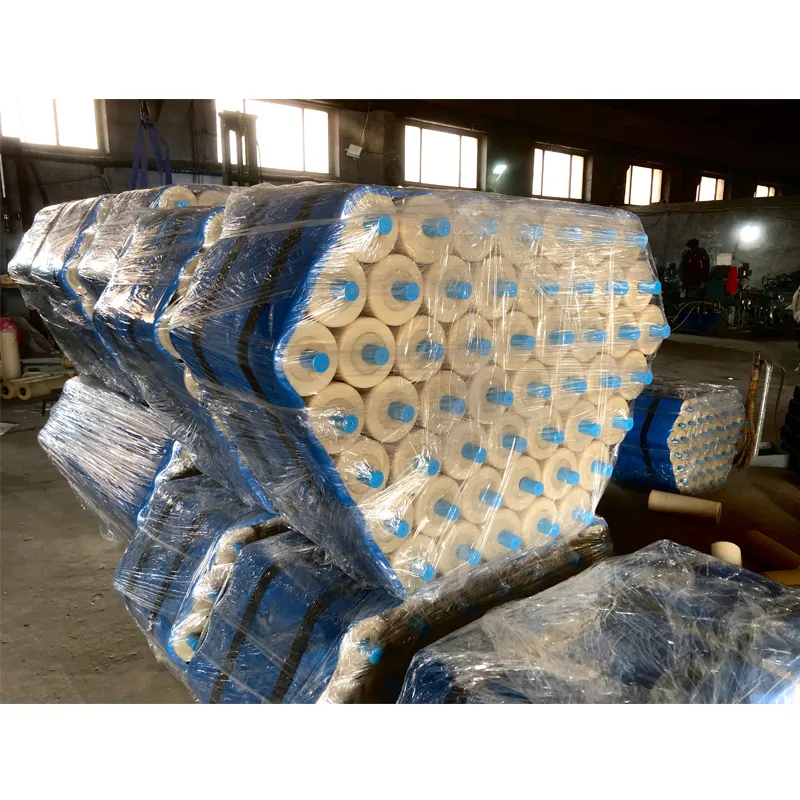
(elevator belt conveyor)
Introduction: The Role and Evolution of Elevator Belt Conveyor Systems
Today’s industrial world demands efficient and reliable vertical bulk material handling solutions, where the elevator belt conveyor
assumes a pivotal position. Emerging as an essential component in industries ranging from agriculture to mining and cement, these systems enable the seamless vertical movement of granular or powdered goods. Over the past decade, global demand for such vertical elevators has increased by over 30%, reflecting the growing need for automation and productivity optimization. The adaptability of elevator belt conveyors has also contributed to an estimated 25% reduction in labor costs and a significant cutback in material wastage due to their enclosed, continuous operation. As environmental accountability grows, modern conveyors integrate energy-efficient drives and dust suppression, supporting sustainability mandates while boosting throughput.
Technical Advantages and Key Performance Indicators
The superiority of elevator belt conveyors is best understood through their technical specifications and operational benchmarks. Notably, these conveyors can lift materials to heights reaching over 80 meters, outpacing traditional incline conveyors. Belt speeds typically range from 1.0 to 2.5 m/s, allowing for capacity rates up to 1,600 cubic meters/hour in large-scale operations. Innovative features such as oil and heat-resistant belts ensure longevity and resilience in demanding conditions. Advanced belt tensioning mechanisms further maintain alignment and minimize downtime. The enclosed construction effectively contains dust, leading to healthier work environments and less material loss. Such technical refinements have led to performance uptimes exceeding 98% across top-tier installations. These key indicators highlight why elevator belt conveyors are the standard-bearer for vertical bulk handling efficiency.
Manufacturer Benchmark: A Comparative Analysis
Selecting the optimal elevator belt conveyor system requires a data-driven review of leading manufacturers. Below is a comparison of five established brands based on crucial factors: maximum lifting height, belt type options, rated throughput, and energy efficiency.
| Brand | Max Lifting Height (m) | Belt Type Variants | Max Throughput (m³/h) | Energy Efficiency (kWh/ton) | Primary Industry Focus |
|---|---|---|---|---|---|
| ContiTech | 80 | Rubber, Heat-resist, Oil-resist | 1,600 | 0.15 | Mining, Cement |
| Dunlop | 60 | Rubber, Cleated | 1,200 | 0.20 | Agriculture, Food |
| Fenner | 75 | Synthetic, Modular | 1,000 | 0.18 | Bulk Handling |
| Flexco | 70 | Rubber, Steel Cord | 1,400 | 0.17 | Construction, Mining |
| Apache | 55 | General Purpose, Food-grade | 900 | 0.22 | Food, Agriculture |
Among these manufacturers, ContiTech outperforms on major metrics, offering maximum lifting height and throughput while maintaining leading energy efficiency. Flexco and Fenner stand out for focus on niche applications, while Dunlop and Apache cater extensively to the food and agricultural sectors. This comparative data allows procurement managers to align equipment choices with capacity goals and operational requirements.
Customization Options and Engineering Flexibility
Each application of an elevator belt conveyor demands tailored engineering to match specific materials, facility layouts, and capacity needs. Customization is crucial for achieving optimal efficiency, and manufacturers today provide extensive configuration options. Belt width commonly ranges from 300 mm for light-duty units up to 1,600 mm for heavy-duty applications. Enclosure designs are tailored to minimize dust, with corrosion-resistant casings available for handling aggressive or food-grade products. The choice between standard and bucket elevator conveyor belt options hinges on throughput demands and the nature of the material—whether free-flowing grain, sticky minerals, or fragile crystalline powders. Advanced monitoring systems, including real-time speed, temperature, and misalignment sensors, can be integrated for preventative maintenance and process automation. Customized discharge chutes and infeed hoppers further enable seamless plant integration, shrinking installation timelines by up to 40%.
Critical Role of Bucket Elevator Conveyor Belt Fasteners
The mechanical performance and reliability of a vertical conveyor heavily depend on its connecting hardware—none more so than the bucket elevator belt fasteners. Engineered for high-tension and dynamic loading, these fasteners maintain the integrity of the belt-bucket assembly even under peak stress. Precision steel fasteners, for example, deliver tensile strengths up to 37,000 N, ensuring the buckets remain securely affixed during rapid cycles. Modern solutions incorporate self-locking features, corrosion resistance, and wear indicators. Field studies have shown that proper fastener selection and periodic maintenance can extend system service life by up to 15% while reducing unplanned stops by a comparable margin. These components must also comply with food safety or anti-static standards when employed in sensitive manufacturing processes. As plant managers seek minimal downtime and maximum throughput, fastener technology remains a core area of innovation and value creation.
Application Case Studies across Industries
Application-driven success stories showcase the tangible impacts of integrating high-efficiency elevator belt conveyors. In a recent grain export facility upgrade in Brazil, the installation of an energy-optimized bucket elevator conveyor belt system resulted in a 28% capacity improvement, raising hourly throughput to 900 tons while slashing energy consumption by 18%. In the coal sector, a leading Chinese mining operation reported fewer operational stoppages after employing corrosion-resistant fasteners, eliminating 20 hours of unscheduled maintenance yearly. Meanwhile, a European cement producer installed custom belts with real-time monitoring sensors, decreasing material spillage by 23% and boosting overall plant OEE. Food processing plants have also leveraged enclosed, antimicrobial conveyor belts to meet stringent hygiene requirements—an essential measure for risk mitigation and certification compliance in today’s market. These case studies emphasize the transformative power of modern conveyor solutions.
Future Perspectives: Innovation and Integration in Elevator Belt Conveyor
The evolution of elevator belt conveyor technology is accelerating as automation, digitalization, and sustainability converge. Manufacturers are pioneering ultra-lightweight composite belts, promising reductions in drive power by up to 10%. The proliferation of Industry 4.0 systems introduces predictive maintenance, leveraging sensor data and AI-driven analytics for early fault detection and strategic scheduling. Enhanced modularity and plug-and-play hardware designs are further reducing installation and swapping times. Environmental priorities are leading to closed-loop dust filtration and energy recuperation systems, minimizing resource consumption and regulatory risks. As global supply chains seek greater resilience, elevator conveyors with smart diagnostics and remote management abilities are becoming indispensable. For businesses committed to future-proof material handling, an elevator belt conveyor investment offers lasting returns in reliability, efficiency, and compliance. Their integration will continue to define best practices in vertical transport for years to come.
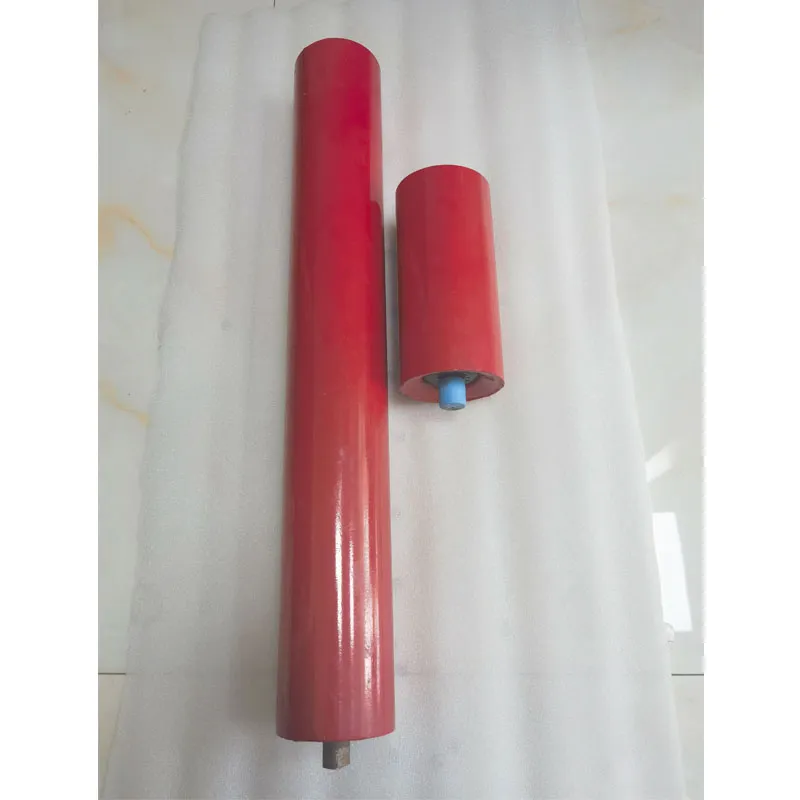
(elevator belt conveyor)

